In her exhibition at the Ricco/Maresca Gallery in Chelsea, Bastienne Schmidt presents 30 achingly beautiful works on paper inspired by Greek vases. The German-born artist spent her formative years in Greece and Italy -- countries that heavily inform her work. For the past 11 years she has lived in the Hamptons with her husband and two sons, using the landscape of Eastern Long Island as a background for her acclaimed photographs. Shooting in color, she poses as her own model to create images that explore questions of womanhood, female identity, and domesticity. Schmidt has published four books, and her work is part of important public collections here and abroad. We spoke with the artist at the gallery.
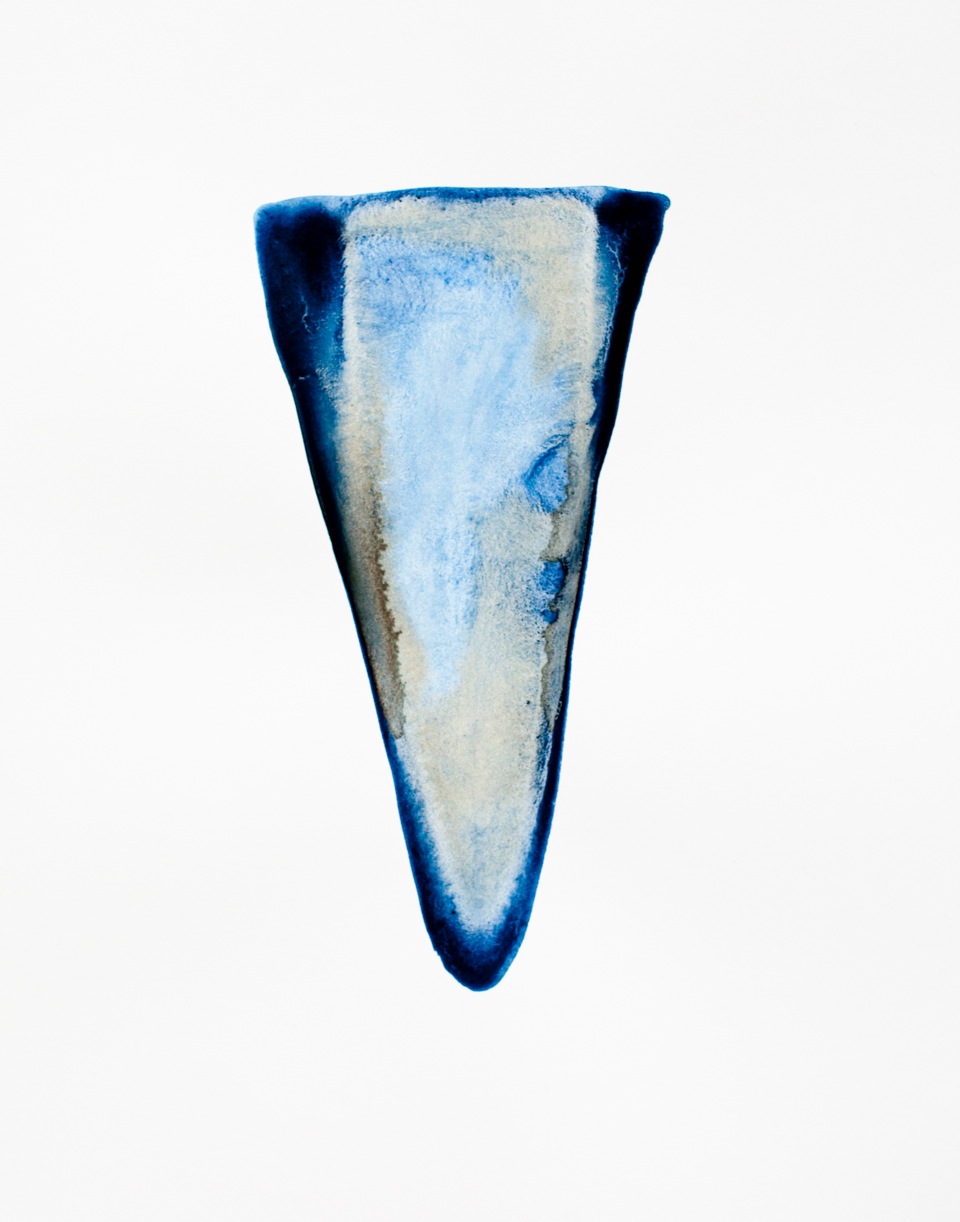

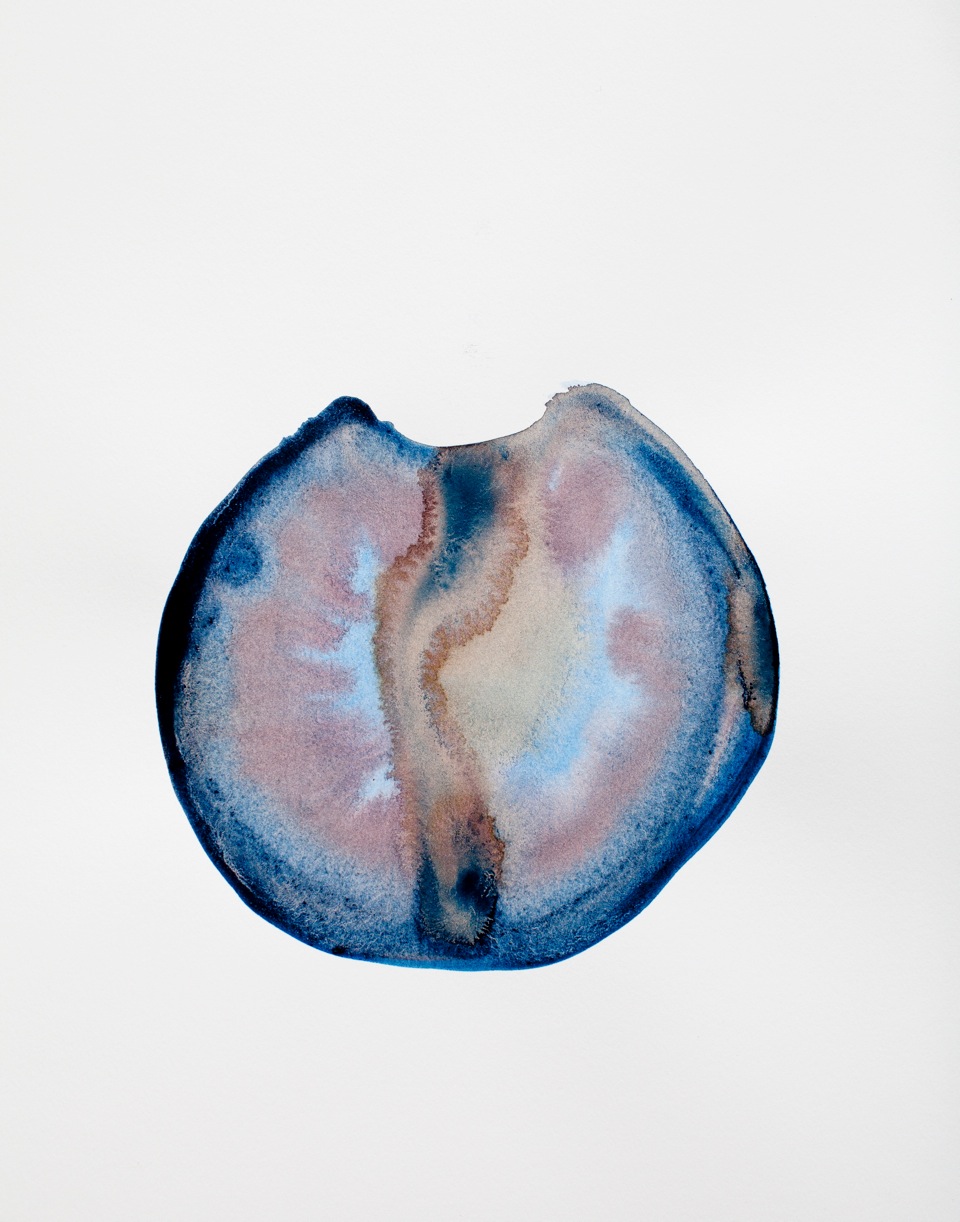
Where are these images drawn from?
They are the memory imprint of an experience but it's not about representation of the object itself. It's about the time I lived in Greece where my father was an archeologist and about the typology of the object. In terms of typologies, I'm very interested in the photographic work of Bernd and Hilla Becher. What they did their whole lives was photograph the same thing over and over and one might think "well, that's kind of boring..." but within the same thing you appreciate the differences, the beauty and the texture and the detail of the thing itself; that's the principle with which I'm working.
How do you think about scale? These works are quite intimate.
I have a whole series of large-scale scroll drawings that are, in part, inspired by Chinese and Japanese works on paper. I created two different thematic lines; one is about the housewife -- The Home Stills series -- basically all little references to life at home. The other is called Topographies and relates to this idea that because I grew up in different countries and cultures, that I'm really a hybrid; I don't have one country to call my own so I create my own map.
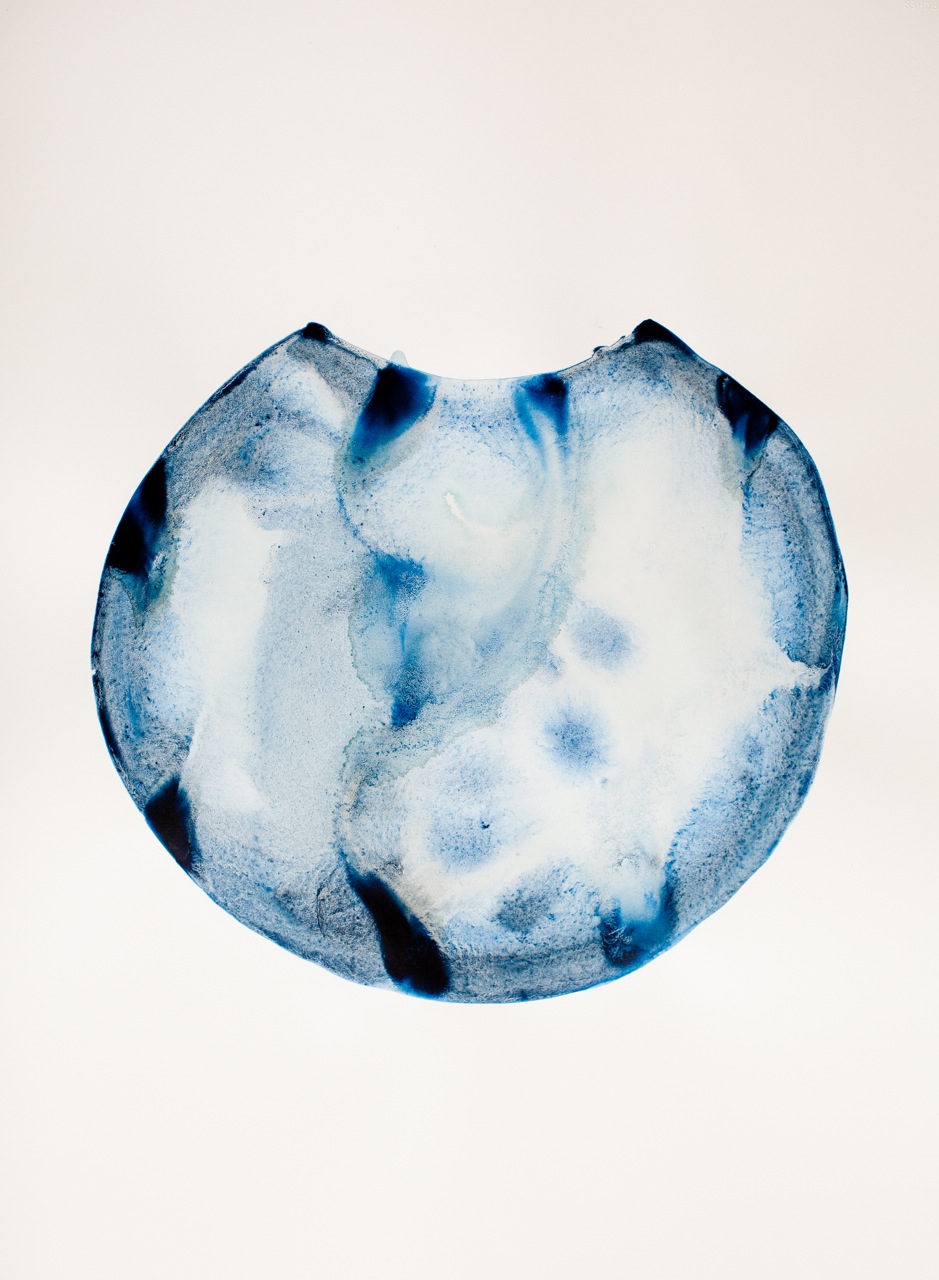
When did you move to Greece?
I was nine years old. I was born in Germany and lived there for nine years then moved to Greece where we attended a German school. It was far from the center of Athens near Mount Helikon, almost an island unto itself. We lived across from this Japanese tea house that had been built by a rich landowner and then abandoned. We had a wild upbringing; I come from a family of five siblings and we lived part of the year outside of Athens and, for three months each year, on the island of Samos [where my father was supervising an archeological dig]. I've had a house there for 25 years, it's like the search for home.
My dad died in Greece when I was 25; he was born in New York and I moved here after he passed away.
Considering what the typologies represent, there are references to archeology but also there is a feminine quality to the objects you've chosen.
I think the whole notion of the vessel is feminine; it was considered a humble, everyday object, it had a purpose. In the history of art, vessels are considered something less than sculpture so I'm interested in elevating the everyday and taking it away from its intended purpose.
Across the distinct bodies of work, you're dealing with issues of domesticity and a connection to the land.
I have certain threads that will go on my whole life; they're part of the formative process. This idea of place and displacement, the idea of female identity and domestic life.
There is a poignancy and fragility to the work as well.
I work with polymer paint, watered down, mixed with espresso coffee and pigments. It goes back to the sense of displacement because I work wet on wet so there's this tension and a careful equilibrium that needs to be maintained. There's also a certain bleeding out that creates an emotional sense to the work. I don't draw them beforehand, they're all created from memory. I decide the parameters of the shape but also have a need for this looseness, accomplished by quick brushstrokes so there is some improvisation.
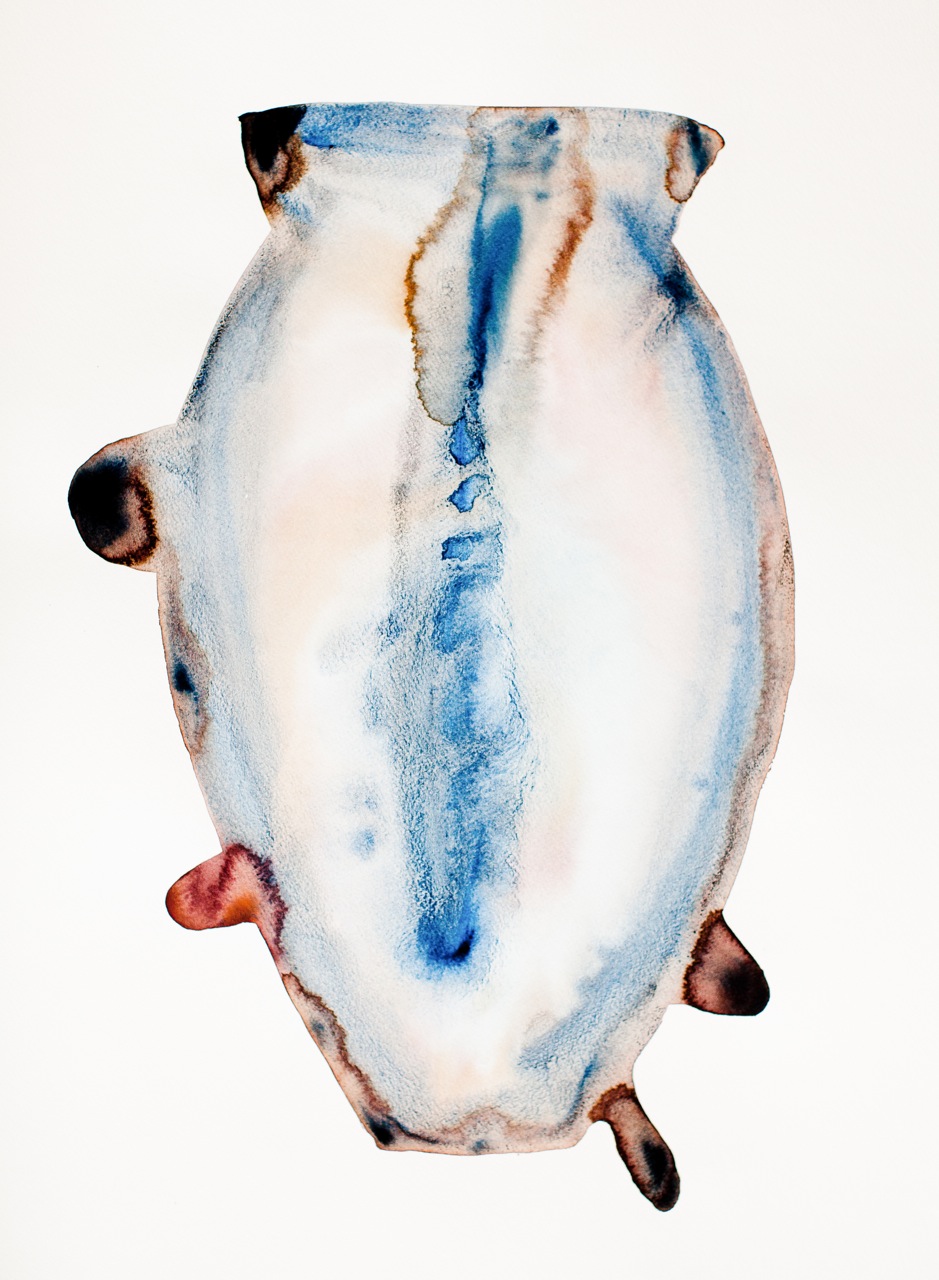
Your work feels deeply personal but it's not hermetic. In Home Stills, you've created a series of cinematic vignettes where you play the role of the anonymous wanderer through a range of domestic situations.
We all have our personal experiences but in the bigger scheme of art, we're not looking at a direct representation of my autobiographical experiences. In my Home Stills project, I used as a point of departure the transition from working in the field and then becoming a mother to reflect upon a shift in my perspective and my position in the world. I decided not to photograph myself from the front, only the back which means that the person can see me but they can also project themselves into that scene; it's a vision they can step into.
Talk a little about your Cars series. There's an element of nostalgia to those works.
It's nostalgia with a twist. I like to use nostalgia as a style element because there is a clarity of shape and function that reminds me of Japanese culture; there is a seductiveness to an object that has such cultural resonance. On the other hand, there is also a message that, "if you bought this car...you'd also get this utopian family life...." I make ironic references using collage with women running, screaming, laughing, to subvert that memory. So in a way there's a slightly subversive, popular culture language introduced to the iconic vision of the 1950s automobile.
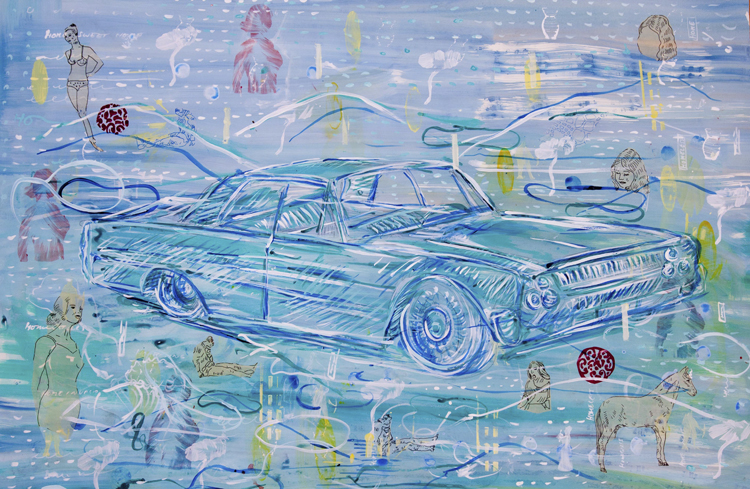
What is your relationship to Japan?
I went about five years ago and love Asian art. There is something that draws me to it; the convergence of popular and high culture is really interesting.
What about the expression of interiority in Japan?
There is an interesting juxtaposition of the exterior and the interior. You have billboard and neon culture but then an interior culture that evidences itself in the many small gestures, like the tea ceremony. There are so many rituals in Japan that you don't really ever see unless you're immersed in the society.
In your photographic work, you're following in the tradition of Robert Frank and have also taken on projects of astounding gravity.
When I was in my early 20s, I did my first book of photographs called "Vivir la Muerte (Living with Death)", which documented death rituals in Latin America. It was about pushing the boundaries of what a woman could take on; I was making the point that I could see things as a man. But, I have to say that, having had children, my point of view has shifted and I don't think I would do that series in the same way. I had photographed a dead baby for that series; when you're a mother, the context becomes totally different. I'm reminded of the story of Kevin Carter who took that famous shot of the Somalian child and a hovering vulture. I've always wondered if that had been a female photographer, could she have waited, as the child suffered, for the vulture to move into position for the shot. Carter ended up killing himself.
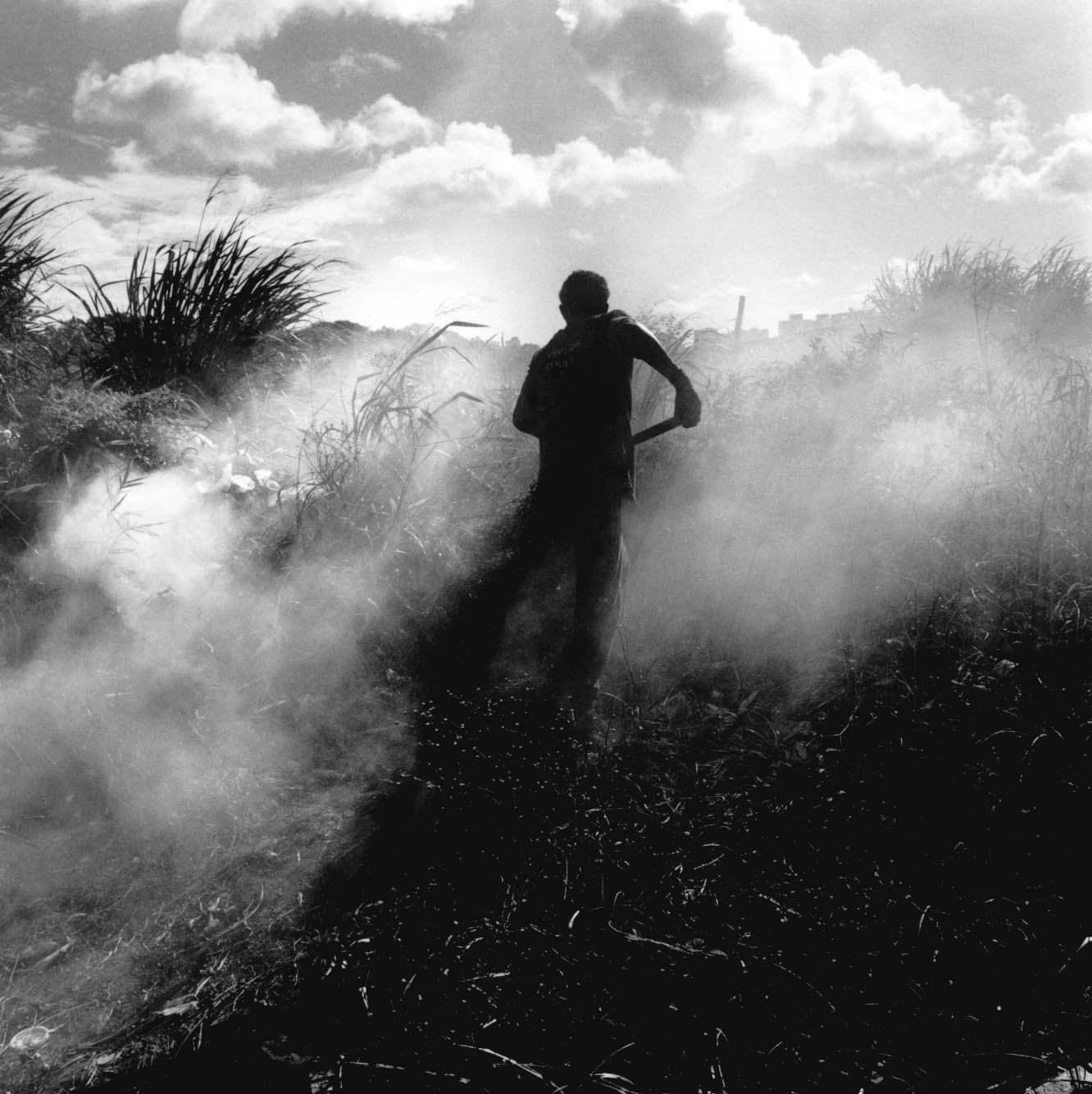
Tell us about your next project.
I'm working on a project documenting old fashioned beauty salons.
Fascinating. To your point on the Bechers, to recapitulate, in series, something iconic that we can relate to but we don't know how we relate to them because they're ambient. And when you make them not ambient, you put them in front of you, they're so interesting and their meaning and import become clearer.
Yes, there's a element of urban archeology in the project too because they are all disappearing now. It's a form of cultural anthropology that I'm fascinated with.
Thank you, Bastienne and, congratulations on the show.
Bastienne Schmidt: silhouette vessels at Ricco Maresca, 529 West 20th Street, NY. (212) 627-4819. Closes June 16th, 2012. http://www.riccomaresca.com/
